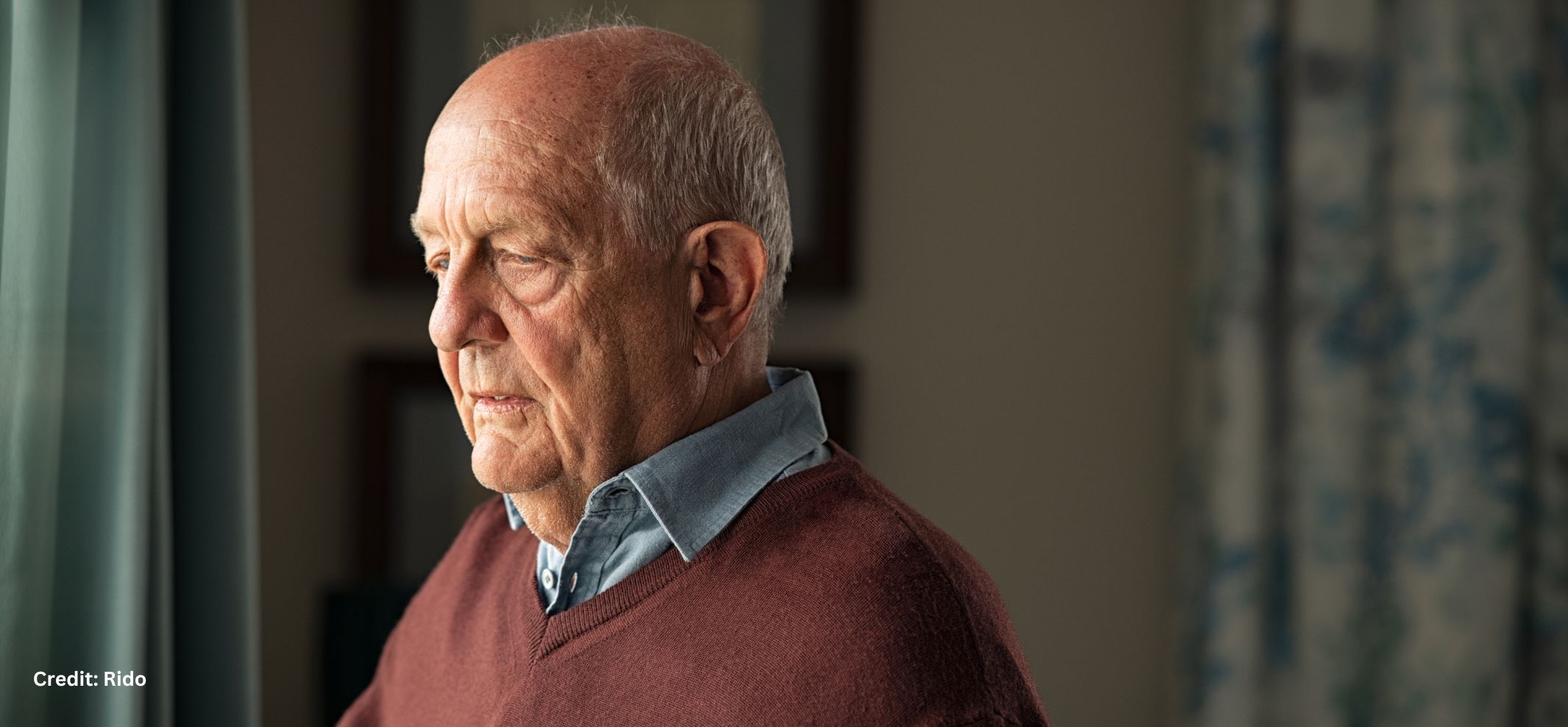As we are considering the physical symptoms for all those affected by the novel Coronavirus disease (COVID-19) pandemic, its psychological impacts should also be considered alongside (Shigemura et al., 2020). As the COVID-19 has entirely and quickly taken over the whole world, it has compelled health care authorities to rethink for the enhanced delivery of healthcare. This pandemic may give the encouragement required to realize the potential for Telehealth. But still, the concern remains about privacy and safety, which can be compromised, if Telehealth is quickly deregulated (Noel et al., 2020). The studies conducted for Telehealth before COVID-19 have shown that patients have reported a high level of contentment towards Telehealth (Kruse et al., 2017).
Telehealth should be implemented throughout the whole world during the COVID-19 pandemic, which will help everyone follow the policies of social distancing, mainly patients at high risk for severe COVID-19 infections (Hakim et al., 2020). As we are talking about the benefits of Telehealth, some risks need to be enlightening; for example, during the COVID-19, Pandemic Telehealth was approved to be used in Australia. Even post-pandemic world, the virus is more likely to stay here, and therefore, we need to have an evidence-based practice for Telehealth. We need to stop some of these Telehealth providers who are just using Telehealth to fill their pockets. There have been numerous cases identified in the short few months period. Therefore, there may be more Telehealth providers out there who are playing with people’s health, which have not been identified publicly yet (Knibbs, 2020). It is evident since a few years now that the government has also seen Telehealth as having great value for the aged people who can fund their Telehealth sessions via their Home Care Packages. We are also seeing some providers using Telehealth wisely to deliver value-based care to their consumers.
According to a recent report published by the Medical Group Management Association (MGMA, 2020) that an average of 60 percent of patient volume has fallen for medical practice since the COVID-19 pandemic started. According to Sanger-Katz (2020), there was a huge decline in emergency room visits, and only those visits are happening especially where a patient is serious or there is a case of someone living or dying.
Vital healthcare was not regularly considered before the pandemic began. Today, when there is an increased risk of contracting the virus, the idea of just walking into a hospital or emergency room is more dangerous for patients’ health which was not something that patients once considered before this pandemic. Therefore, it has been great confusion among patients regarding what really is “vital medical care” during this pandemic. And what they have to do if they want to see doctor face-to-face, like having surgery.
Governments have recognized the critical needs which can be met during this pandemic with the help of Telehealth. As a result, they have put aside their earlier concerns about Telehealth, and for the time being, loosened their specific rules. The US government was among the first adopters of Telehealth, and Telehealth can be the reason that hospitals in the US are not besieged during the pandemic regardless of vast numbers of patients (Sze-Yunn, 2020). For several years, Australia has been the most developed country to handle chronic disease patients through Telehealth (Richard, 2017a). Australia has allowed its medical staff, which are in quarantine or those who are exposed to the virus, to keep on functioning through Telehealth. The Australian government has expanded subsidy for Telehealth to cover the treatment of the patients remotely either by video or phone call (Hunt, 2020).
I have been a long-time supporter of Telehealth. I have written on this topic for over three years that the digital revolution needs to take place (Richard, 2017b), and we need better integration of digital solutions to have genuinely integrated care (Richard, 2017c). However, I have had doubts that we were not ready for it and needed our GP centres to be IT hubs (Richard, 2017c).
Telehealth has so much potential to provide a comfortable health care service to the people. It is also necessary to look out for the changes which can be brought to make Telehealth more beneficial for those who want to use it. If we take an example of the Australia population, which constitutes of many people who were either born overseas or have a parent from abroad and who speaks of different languages, Telehealth can greatly serve the purpose to support such diverse population who speak and also do not speak the English language (Wetsman, 2020). According to the 2016 census, 820,000 people reported that they spoke English “not well” or even “not at all”. These numbers indicate that the Australian Government should consider the implementation of Telehealth with our CALD population (Wetsman, 2020).
Following the current pandemic condition, telehealth will become a necessity to stay in the business. Telehealth will transform the way healthcare is provided for both patients and doctors. Michael Morgan, CEO of Updox, says in a statement,
“Today’s healthcare providers are seeking modern, impactful ways to maximize patient engagement, improve outcomes, and enable timelier, efficient connections between patients and their trusted physicians. The experience must be consistent whether the visit is virtual or in office. Consumers have spoken to say this will be an expectation post-COVID.”
Barriers to Telehealth Operation
Despite Telehealth reimbursement, there are still few misconceptions that keep it from being adopted widely. For example, some people think that Telehealth is less efficient than meeting a doctor in person. These types of views have hindered people to make use of these services. But a study conducted by Donelan et al. (2019) shows that the satisfactions of patents have increased by 62% with Telehealth, and their views are that the Telehealth is the same as in person. Another big challenge is regularity issues; for example, those people who do not have insurance will not have access to the technology needed for the telehealth activities (Richard, 2017d).
Changes in Telehealth Regulations After Pandemic
To promote the Telehealth, the CMS (Centres for Medicare & Medicaid Service) has uplifted many limitations, and the private insurers have also started giving benefits to the Telehealth (Wetsman, 2020). It is still to be seen that the boundaries for the Telehealth will continue to relax or will there be any restrictions imposed again (Steiner & Long, 2020).
Changes in Telehealth Privacy After Pandemic
Due to the current situation of the COVID-19, the notice was issued by the Department of Health and Human Services stating that it will not impose penalties for the violations of HIPAA that occur during the proper faith provision of Telehealth during the COVID-19 (Office for Civil Rights [OCR], 2020). Health care entities can now use platforms like Face-time and other commonly used channels that are not HIPAA compliant. They used this approach to increase Telehealth services rapidly, however, it requires careful consideration of the long-term issues with these platforms.
As Telehealth goes conventional, here are the few things we might see in the next few years:
· Timeliness and convenience of access become two major value drivers.
· Patients prefer virtual care, and doctors are more comfortable with it.
· For urban and rural areas, virtual visits to doctors become the new doorway.
· Wearable technology expands the Telehealth scope.
· Telehealth could reduce the need for bricks and mortar and be a savior to our needs (Richard, 2017e).
· Medical societies support virtual visits for ongoing care.
How can Telehealth Help in Terms of Integrated Care?
Integrated care itself is not new, but quite recently, opportunities for helpful understanding have emerged. In particular, ICT can play a significant role in achieving this goal. Telehealth is a vital part of the potential ICT infrastructure for integrated care. Due to increasing capacity problems, it has already raised high hopes amongst policymakers because of its potential for delivery solutions. Telehealth applications still require linking into broader eHealth strategies for integrated care, through which pathway to clinics and service delivery processes are fully synchronized, and patient privacy is secured. Even though some applications have emerged in Europe in contrast with a massive extent of research. A solid fact base is rising, signifying that Telehealth can be used efficiently to aid better-integrated care, particularly for those with long-term chronic circumstances.
After the Pandemic: Evaluate Telehealth
Ahead of the pandemic, in order to make sure that the innovation sparked by this crisis endures and accelerates, governments and healthcare providers need to make efforts together. Post-pandemic, Telehealth can still lighten the pressure on health care by providing a cushion for issues such as shortage of resources, issues with healthcare convenience, and growing elderly population. However, we have to keep that in mind that the drawbacks of Telehealth should be reduced as much as possible. For example, we need to review the regulations for the protection of patients’ privacy. Medical protocols should also be revised to ensure that the Telehealth should only be used for patients in appropriate conditions. Medical staff should be provided with training as their way of working changes to Telehealth, and most importantly, appropriate medical insurance incentives should be provided for the Telehealth. Let us not waste this chance, provided by this Coronavirus disease pandemic, to make things better for our healthcare system. Telehealth is here to settle, and we have to prepare for it for our future.
References
Donelan, K., Barreto, E. A., Sossong, S., Michael, C., Estrada, J. J., Cohen, A. B., Wozniak, J., & Schwamm, L. H. (2019). Patient and clinician experiences with telehealth for patient follow-up care. The American Journal of Managed Care (AJMC), 25(1), 40–44. https://www.ajmc.com/journals/issue/2019/2019-vol25-n1/patient-and-clinician-experiences-with-telehealth-for-patient-followup-care
Hakim, A. A., Kellish, A. S., Atabek, U., Spitz, F. R., & Hong, Y. K. (2020). Implications for the use of telehealth in surgical patients during the COVID-19 pandemic. The American Journal of Surgery, in press. https://doi.org/10.1016/j.amjsurg.2020.04.026
Hunt, G. (2020, March 29). COVID-19: Whole of population telehealth for patients, general practice, primary care and other medical services. Commonwealth of Australia, Ministers of Department of Health. https://www.health.gov.au/ministers/the-hon-greg-hunt-mp/media/covid-19-whole-of-population-telehealth-for-patients-general-practice-primary-care-and-other-medical-services
Knibbs, J. (2020, May 16). Telehealth operators behaving badly? The Medical Republic. http://medicalrepublic.com.au/telehealth-operators-behaving-badly/28971
Kruse, C. S., Krowski, N., Rodriguez, B., Tran, L., Vela, J., & Brooks, M. (2017). Telehealth and patient satisfaction: A systematic review and narrative analysis. BMJ Open, 7(8), 1–12. http://doi.org/10.1136/bmjopen-2017-016242
Medical Group Management Association (MGMA). (2020, April 7/8). COVID – 19 Financial Impact on medical practices. https://mgma.com/getattachment/9b8be0c2-0744-41bf-864f-04007d6adbd2/2004-G09621D-COVID-Financial-Impact-One-Pager-8-5×11-MW-2.pdf.aspx?lang=en-US&ext=.pdf
Noel, K., Messina, C., Hou, W., Schoenfeld, E., & Kelly, G. (2020). Tele-transitions of care (TTOC): A 12-month, randomized controlled trial evaluating the use of Telehealth to achieve triple aim objectives. BMC Family Practice, 21(27), 1–9. https://doi.org/10.1186/s12875-020-1094-5
Office for Civil Rights (OCR). (2020, March 30). Notification of enforcement discretion for telehealth. HHS.gov. https://www.hhs.gov/hipaa/for-professionals/special-topics/emergency-preparedness/notification-enforcement-discretion-telehealth/index.html
Richard, H. (2017a, April 27). Health care in Australia is a shifting paradigm: Patients are urged to take better control of their own health. LinkedIn. https://www.linkedin.com/pulse/health-care-australia-shifting-paradigm-patients-urged-hoskins
Richard, H. (2017b, June 5). The basics of telehealth today. LinkedIn. https://www.linkedin.com/pulse/basics-telehealth-today-richard-hoskins
Richard, H. (2017c, June 23). Digital revolution is upon us, interoperability is key to your success and good integrated patient care. LinkedIn. https://www.linkedin.com/pulse/digital-revolution-upon-us-interoperability-key-your-success-hoskins
Richard, H. (2017d, May 2). Moving care out of the hospitals in Australia. LinkedIn. https://www.linkedin.com/pulse/moving-care-out-hospitals-australia-richard-hoskins
Richard, H. (2017e, June 17). Ageing health infrastructure and growing demands with financial pressures: How do we sustain our health system? LinkedIn. https://www.linkedin.com/pulse/ageing-health-infrastructure-growing-demands-how-do-we-hoskins
Sanger-Katz, M. (2020, May 10). Why 1.4 million health jobs have been lost during a huge health crisis. The New York Times. https://www.nytimes.com/2020/05/08/upshot/health-jobs-plummeting-virus.html
Shigemura, J., Ursano, R. J., Morganstein, J. C., Kurosawa, M., & Benedek, D. M. (2020). Public responses to the novel 2019 coronavirus (2019‐nCoV) in Japan: Mental health consequences and target populations. Psychiatry and Clinical Neurosciences, 74(4), 281–282. https://doi.org/10.1111%2Fpcn.12988
Steiner, H., & Long, P. (2020, May 14). Telehealth: Develop a post-pandemic roadmap. Plante Moran. https://www.plantemoran.com/explore-our-thinking/insight/2020/05/telehealth-develop-a-post-pandemic-roadmap
Sze-Yunn, P. (2020, May 1). Telehealth could be a game-changer in the fight against COVID-19. Here’s why. World Economic Forum. https://www.weforum.org/agenda/2020/05/telehealth-could-be-a-game-changer-in-the-fight-against-covid-19-here-s-why/
Wetsman, N. (2020, June 4). Telehealth wasn’t designed for non-English speakers. The Verge. https://www.theverge.com/21277936/telehealth-english-systems-disparities-interpreters-online-doctor-appointments























